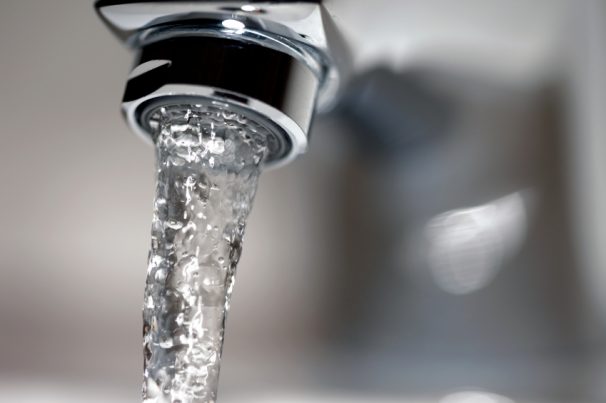
America’s silent crisis: Drinking water may become too expensive for millions of households in the future
Monday, May 29, 2017 by Frances Bloomfield
http://www.waterwars.news/2017-05-29-report-water-bills-to-become-unaffordable-in-the-next-few-years.html

Imagine a world where drinking water becomes inaccessible for thousands of people. A disturbing picture, but one that researchers from the Michigan State University claim could be reality a few years down the line. The future cost of water may soon become too pricey for the average American, reported ReadyNutrition.com.
In fact, the researchers have estimated that the percentage of American homes that would be unable to pay their water bills will rise from 11.9 percent (13.8 million households) to 35.6 percent (40.9 million households) in the span of five years. They came to this conclusion after using the Environmental Protection Agency (EPA) guideline of measuring water affordability based on a small percentage (4.5 percent) of monthly household incomes. Also taken into consideration were factors that could affect a household’s ability to pay for water and wastewater services; these included everything from declining infrastructure to climate change to dwindling urban populations.
The researchers noted in their study that the cost to replace aging infrastructure — specifically, water systems that were built during World War II — in the next 25 years could cost the United States over $1 trillion. Meanwhile, intense weather events have called for improvements to be made to wastewater facilities. In order to make the needed adaptations, the United States would need to shell out billions of dollars, with some estimates putting that figure at $36 billion by the year 2050.
Just as costly is the increasing number of people eschewing living within metropolitan areas in favor of the suburbs, which would force those who remained behind to shoulder mounting water bills. In the study, they explained, “A hidden pressure on urban water systems is slow or even declining population growth, which reduces the customer base over which the high fixed costs of water services are distributed, and places increasing pressure on household water bills…Another critical issue is the suburbanization of people, which also leaves providers in core central city areas with fewer customers to pay for water services. This means that for cities across the United States, shrinking populations…combined with other pressures on urban water systems, present a perilous future for water utilities and their customers.”
The researchers also found several states with areas that they considered “high-risk.” Mississippi had the highest concentration of these types, followed by Louisiana, Alabama, Kentucky, and Arkansas. Major cities like Philadelphia and Detroit were stated to also be at risk because of their shrinking populations. (Related: Read California’s water supply headed for collapse in just one year; state has “no contingency plan” – NASA scientist.)
Elizabeth Mack, the study’s lead author, told MichiganRadio.org that the public may not be aware of the upcoming water price crisis, but that water utilities certainly were. “If you talk to utility providers, they want to provide people with water, and they want people to have clean water. But their ability to do this at affordable rates is obviously being taxed by all these pressures on their systems,” Mack explained.
In the end, however, the researchers stated that the problem will only be solved if consumers, utilities, and governments work together. “Water is a fundamental right for all humans. However, a growing number of people globally face daily barriers to accessing clean, affordable water,” they conclude. “The hope of this piece is that enhanced awareness of this issue in the developed world will highlight the severity of this issue, which is not isolated to people in the developing world.”
Visit Starvation.news to keep track of water and food crises going on in our country and in other corners of the globe.
Sources include:
Tagged Under: Tags: drinking water, water, water crisis





